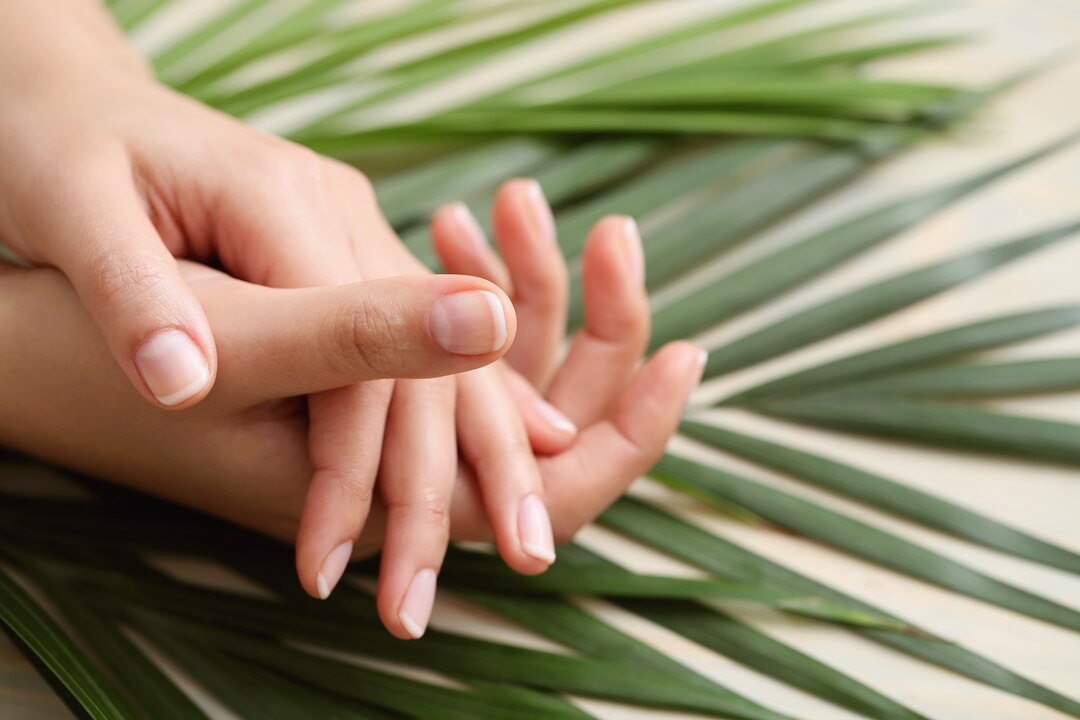Your nails may seem like a small part of your body, but they can actually provide valuable insights into your overall health. From changes in color and texture to abnormalities in shape and growth, various nail symptoms can serve as warning signs of underlying health issues. In this article, we’ll explore the fascinating connection between nail health and overall well-being, helping you decode what your nails may be trying to tell you about your health.
1. Pale or White Nails:
Pale or white nails can indicate a variety of health conditions, including anemia, liver disease, or nutritional deficiencies such as iron deficiency or protein deficiency. If your nails appear unusually pale or white, it’s essential to consult with a healthcare professional to determine the underlying cause.
2. Yellow Nails:
Yellow nails can be a sign of several health issues, including fungal infections, psoriasis, or respiratory conditions such as chronic bronchitis. In some cases, yellow nails may also be associated with thyroid disease or diabetes. If your nails have a yellow hue that doesn’t go away with proper hygiene, it’s best to seek medical advice.
3. Blue or Purple Nails:
Nails that appear blue or purple may indicate a lack of oxygen in the blood, a condition known as cyanosis. Cyanosis can be caused by respiratory problems, heart disease, or circulatory disorders. If your nails have a bluish or purplish tint, it’s crucial to seek prompt medical attention to address the underlying issue.
4. Brittle or Cracked Nails:
Brittle or cracked nails can be a sign of dehydration, nutrient deficiencies (such as biotin deficiency), or thyroid disorders. Excessive exposure to water, harsh chemicals, or frequent nail polish use can also contribute to nail brittleness. Maintaining proper hydration, a balanced diet, and gentle nail care can help improve the health and strength of your nails.
5. Spoon-shaped Nails:
Nails that appear scooped or concave in shape, known as spoon-shaped nails or koilonychia, may be indicative of iron deficiency anemia or hemochromatosis. Spoon-shaped nails can also be associated with certain autoimmune diseases or thyroid disorders. If you notice changes in the shape of your nails, it’s essential to consult with a healthcare professional for evaluation and treatment.
6. Pitting or Grooves:
Small pits, dents, or grooves in the nails, known as nail pitting, can be a sign of psoriasis, eczema, or alopecia areata. Nail pitting may also occur in individuals with autoimmune disorders such as rheumatoid arthritis or systemic lupus erythematosus. If you experience nail pitting along with other symptoms, it’s important to seek medical advice for proper diagnosis and management.
7. Nail Clubbing:
Nail clubbing is characterized by the enlargement and rounding of the fingertips, along with an abnormal curvature of the nails. It can be a sign of various underlying health conditions, including lung disease, heart disease, inflammatory bowel disease, or liver disease. Nail clubbing warrants prompt medical evaluation to identify and address the underlying cause.
8. Changes in Nail Color or Texture:
Any sudden or significant changes in nail color, texture, or growth patterns should be evaluated by a healthcare professional. While some nail changes may be harmless, others can be indicative of underlying health issues that require medical attention. Regular self-examination of your nails can help you detect abnormalities early and seek appropriate care.
In conclusion, your nails serve as a window into your overall health, offering valuable clues about potential underlying issues. Paying attention to changes in nail color, texture, shape, and growth patterns can help you identify potential health concerns and take proactive steps to address them. If you notice any persistent or concerning nail symptoms, don’t hesitate to consult with a healthcare professional for proper evaluation and guidance. By prioritizing nail health as part of your overall wellness routine, you can promote both the beauty and vitality of your nails while safeguarding your overall well-being.








